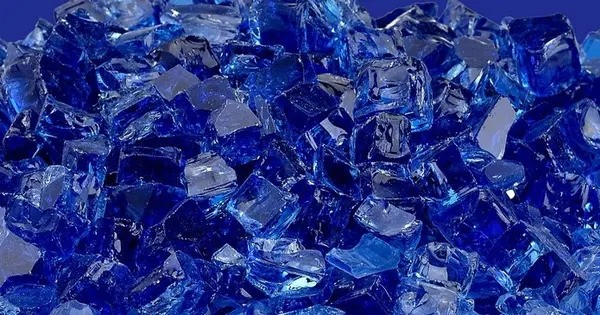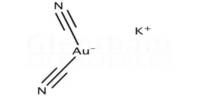Cobalt metagermanate is one of the germanates of cobalt, with chemical formula CoGeO3. It typically refers to an inorganic compound composed of cobalt (Co) and germanium (Ge) in an oxidized state, likely in the form of a metagermanate anion (GeO₃²⁻), similar to metasilicates or metaphosphates. It typically crystallizes in specific structures and exhibits interesting optical, magnetic, and structural properties.
It is paramagnetic at room temperature and turns antiferromagnetic at or below 32±1 K. It exists in two crystal forms, the orthorhombic and the monoclinic. It can be prepared by the reaction of cobalt(II,III) oxide (or cobalt(II) hydroxide) and germanium dioxide at high temperatures. The chemical vapor phase transfer method can also be used for its preparation.
Properties
- Chemical formula: CoGeO3
- Molar mass: 179.560 g·mol−1
- Color: Typically pink to violet (due to Co²⁺)
- Magnetism: Paramagnetic or antiferromagnetic
- Thermal Stability: Stable at high temperatures
- Bandgap: Estimated ~3–4 eV (semiconducting)
- Hardness: Moderate (crystal-dependent)
Natural Occurrence
Synthetic Compound: Cobalt metagermanate does not occur naturally; it is typically synthesized in laboratories or through solid-state reactions.
Synthesis Methods:
- High-temperature solid-state reaction of CoO or CoCO₃ with GeO₂
- Sol-gel or hydrothermal synthesis methods may also be employed for nanopowder forms
Applications
- Magnetic Materials: Studied for its magnetic ordering, especially antiferromagnetic transitions at low temperatures.
- Photocatalysis: Potential application due to semiconducting nature.
- Dielectrics and Optics: Due to structural similarities with other functional oxides.
- Material Science Research: A model compound in the study of transition metal–germanate systems.
















